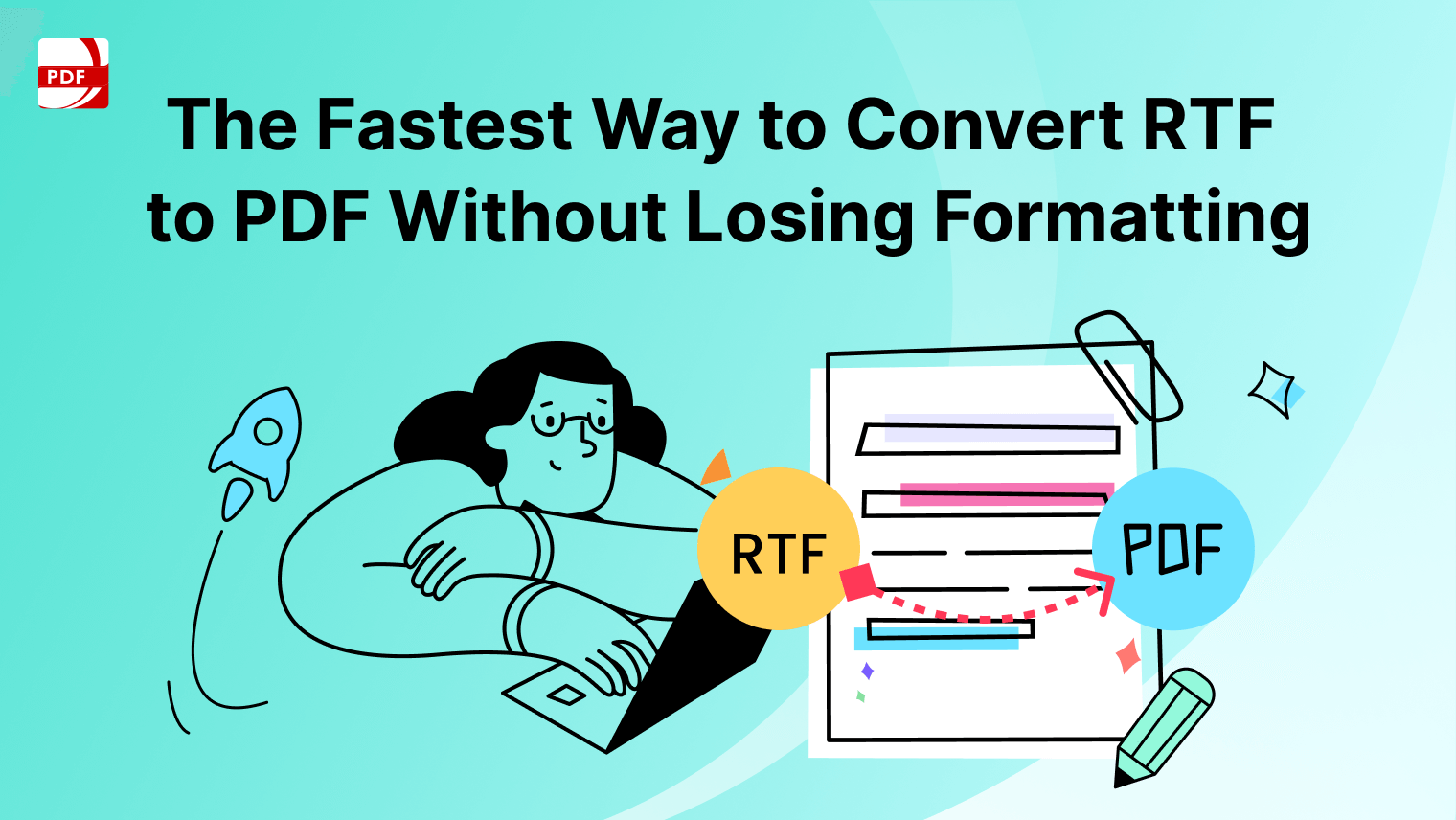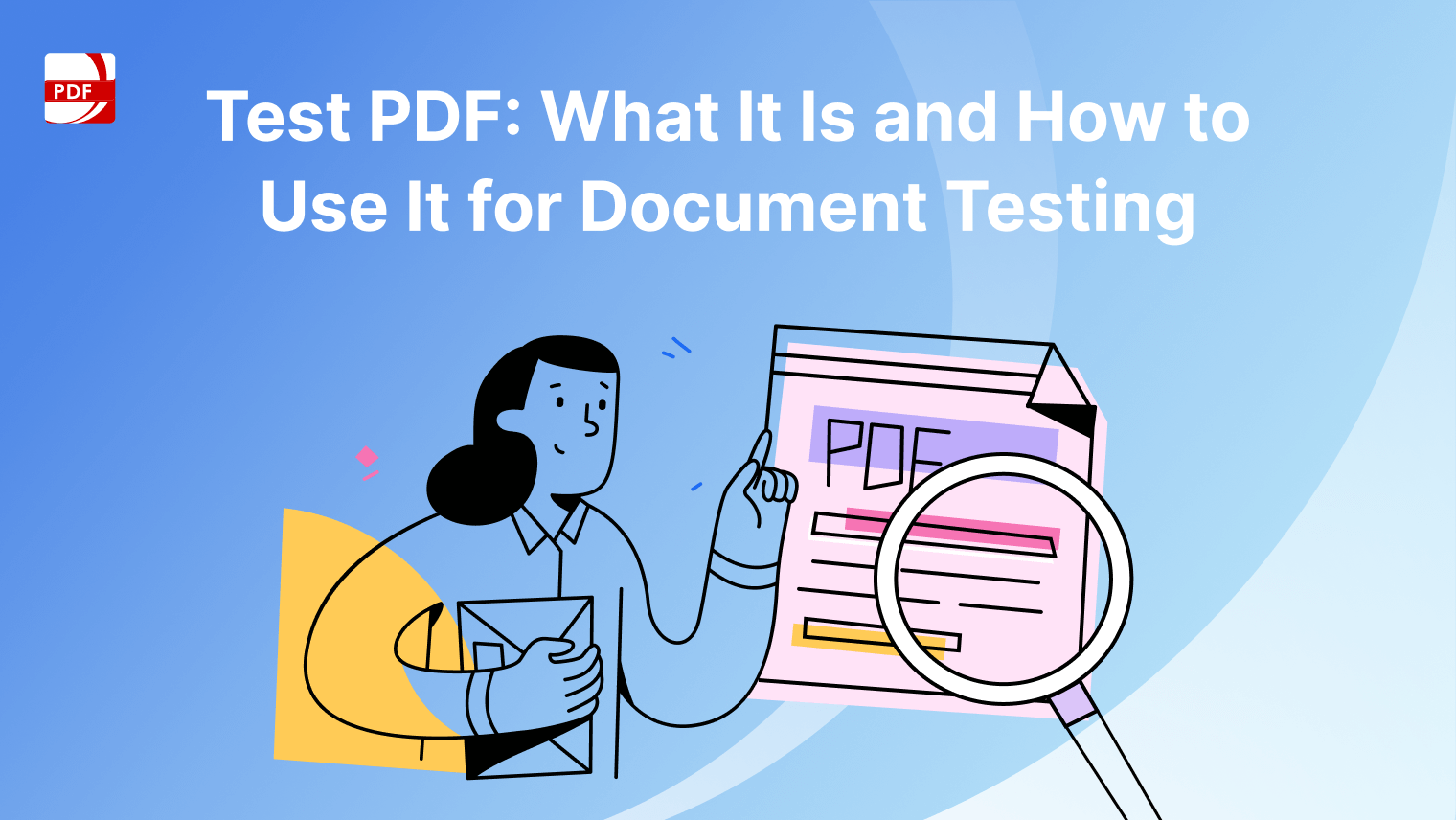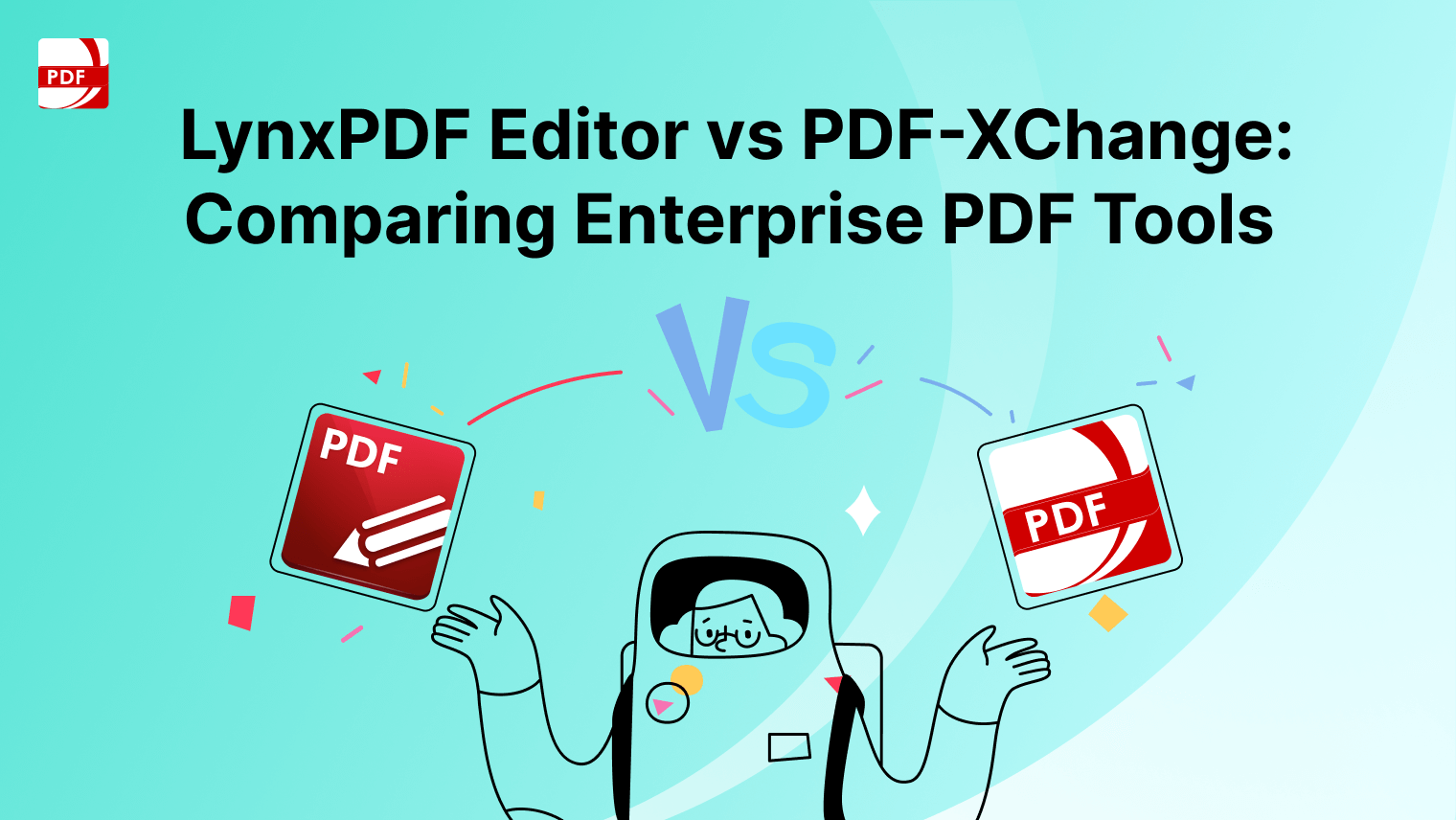PDFS are a universal go-to for presenting and sharing content consistently across devices. But what happens when that meticulously crafted report, brimming with high-res images and intricate graphics, becomes an unwieldy digital monstrosity? Dive into this guide as we unveil the secrets of reducing your PDF file size without diminishing its pristine quality.
How to Reduce PDF File Size with Windows
Reduce the size of your PDF with the PDF compressor tool offered by PDF Reader Pro for your Windows operating system.
Step 1: Select "Compress" From the Home Menu
Image Source: PDF Reader Pro
Step 2: Select Your PDF File
Image Source: PDF Reader Pro
Step 3: Adjust Your Compression Options
Choose the compression quality. Then click the "Compress" button.
Image Source: PDF Reader Pro
How to Reduce PDF File Size with Mac
Follow our step-by-step guide to achieving a compressed PDF file without losing the quality of images in your compressed document.
Step 1: Open Your Original File
Step 2: Reduce File Size
Click "File" and select "Compress" to reduce the document size without a loss of quality.
Image Source: PDF Reader Pro
Step 3: Select the Document Size
Select "Medium" or "Large" file sizes to compress your PDF while maintaining the highest quality possible. Then click the "Compress" button.
Image Source: PDF Reader Pro
Step 4: Batch Compression
To compress multiple PDF files simultaneously, click "Batch", then "Add Files", following the same process as in step 3 to convert your documents to compressed files.
Image Source: PDF Reader Pro
Reasons to Reduce a PDF's Size
By reducing the PDF file size, you can ensure that your document meets the size requirements without losing any vital information or compromising the quality of the images.
Reducing the file size of a PDF document can have several benefits:
1. Saves storage space on your device or server, allowing you to store more files without additional storage.
2. Improves upload and download speeds when sharing or sending PDF files online.
3. It Makes it easier to email the document, as many email providers have size limitations for attachments.
Best Practice for Reducing PDF File Size
Reducing the size of a PDF without a noticeable loss in quality involves balancing file size and visual fidelity. Here are some best practices to achieve this:
-
Use a Dedicated PDF Editor: Make sure to use PDF viewers like Adobe Acrobat Pro or PDF Reader Pro that maintains file security. -
PDF File Online Tools: Certain websites offer compression options for your PDFs without much quality loss. However, always be cautious when uploading sensitive file content or private documents to online services so that you maintain file security.
-
Image Compression: If your PDF is heavy on images, the file size can be substantially reduced by compressing these images. Use an image editor (like Photoshop) to compress images before incorporating them into the PDF. Ensure that you save images at a resolution appropriate for their intended use (usually 150-300 dpi for print and 72 dpi for web).
-
Reduce Fonts: Limit the number of fonts you use, or opt for standard fonts that don't need to be embedded.
-
Check for Unwanted Elements: Remove any unnecessary items like meta-data, bookmarks, unused slides, annotations and other file attachments.
-
Convert to PDF/A: PDF/A is an ISO-standardized version of the Portable Document Format (PDF) specialized for the digital preservation of electronic documents. It sometimes results in smaller file sizes while maintaining quality.
-
Split Large PDFs: If you have a lengthy PDF, consider splitting it into several smaller documents. This might not reduce the overall size but can make files more manageable and easier to send or share.
-
Adjust Document Structure: Flattening layers and comments can help reduce the size in certain documents.
-
Check for Embedded Multimedia: Embedded videos, audios, and other multimedia elements can significantly inflate the size of a PDF. If they're not essential, consider removing them or providing links instead.
-
Recreate the PDF: As a last resort, if you find that your PDF remains large after trying other methods, consider recreating it from the source document. Sometimes, creating a new PDF can result in a smaller file size.
You can also explore our curated guides for tips on manually reducing PDF file sizes.
How to Reduce PDF File Size: FAQs
How can I reduce the file size of scanned PDFs for uploading?
Scanned PDFs often have larger file sizes due to the high resolution of the scanned images. You can use the powerful tools offered by PDF Reader Pro to reduce their file size for uploading. Upload the scanned PDF and select the compression options that balance file quality and size reduction.
Is it possible to reduce the size of a PDF while keeping file quality?
Yes, it is possible to reduce PDF file size without significant quality loss. By optimizing the compression settings, adjusting image resolutions, removing unnecessary elements, and using advanced compression methods, you can effectively reduce the file size while maintaining good image quality and document integrity.
Can I reduce the size of a PDF file without reducing the quality of the images?
Yes, it is possible to reduce the size of a PDF file without compromising the quality of the images. By using advanced optimization techniques like downsampling, removing embedded fonts, and compressing images without significant loss, you can achieve a smaller file size without visibly affecting the image quality.
Why is my PDF file so large?
PDFs can become large due to high-resolution images, embedded fonts, annotations, multimedia elements, detailed vector graphics, and extensive metadata. Additionally, the method used to generate the PDF (e.g., scanning) can contribute to its size.
Are online compression tools safe to use?
Many online PDF compressors claim to delete uploaded files after processing. However, if your document is sensitive or confidential, it's advisable to use offline methods or trusted software to ensure data privacy.
What’s the difference between “lossy” and “lossless” compression?
-
Lossy compression reduces file size by removing some data, which can lead to a loss in quality. This is common with the image and audio compression process.
-
Lossless compression reduces file size without removing data, so the original quality is retained. It works by optimizing the file's internal structure.
How do embedded fonts affect PDF size?
Fonts embedded in a PDF allow the document to appear the same across different devices, even if they don't have that font installed. However, each embedded font can increase the file size.
Can I remove embedded fonts from a PDF?
Yes, tools like Adobe Acrobat allow you to remove embedded fonts, but this might cause display issues on devices that don't have those fonts installed.
Why does converting my Word document to PDF sometimes increase the file size?
The conversion process might embed fonts, preserve high-resolution images, or add metadata, leading to an increased file size.
How can I reduce the size of a scanned PDF document?
Scanned documents are often saved as images. To reduce their size, you can:
-
- Reduce the scanning resolution.
- Use Optical Character Recognition (OCR) to convert them to text.
- Compress the images using a PDF editor.
Is there a limit to how much I can reduce a PDF's size?
There's a practical limit, determined by the content of the PDF. Over-compression can lead to significant quality loss.
Does flattening a PDF reduce its size?
Flattening a PDF means merging layers, annotations, and form fields into a single layer. This can sometimes reduce the file size, especially if the PDF contains many annotations or form fields.


